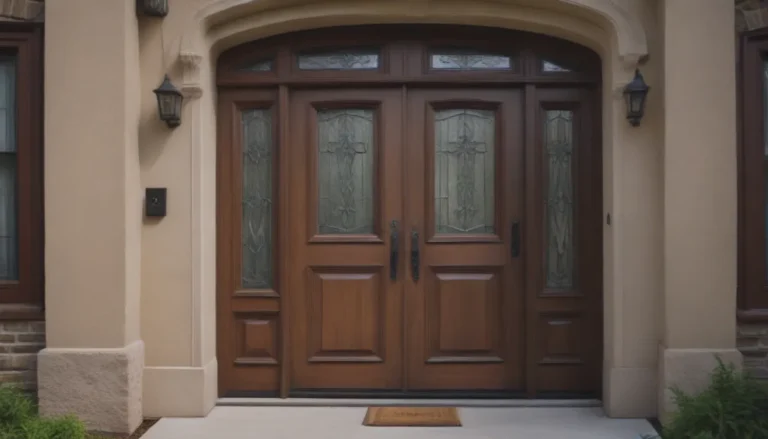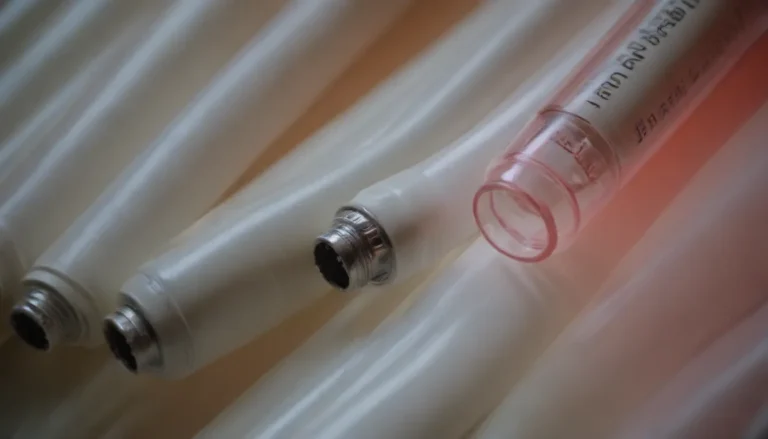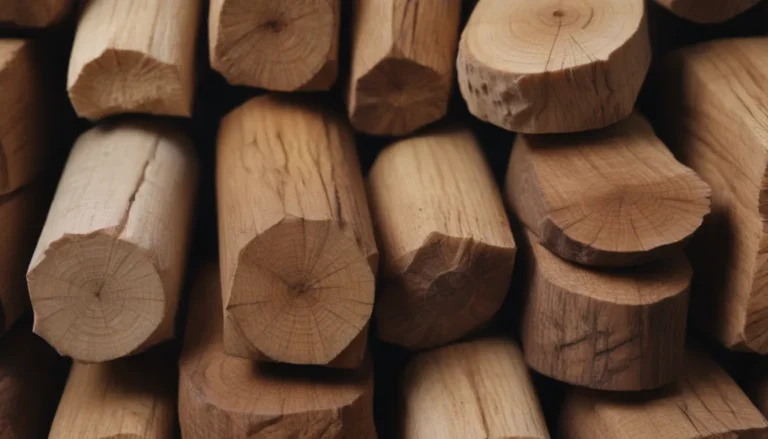Painting Your House: Sprayer vs. Brush and Roller

If you’re gearing up to tackle an exterior paint job on your home, you might be wondering whether to use a paint sprayer or stick to the classic brush and roller method. With paint sprayers becoming increasingly accessible, it’s essential to weigh the pros and cons of each technique before diving into your project. Let’s explore the differences between the two methods, along with some valuable tips to help you make the best choice for your home.
Painting a House With a Paint Sprayer
Using a paint sprayer to coat your home’s exterior can save you time and effort, but it does require thorough preparation. Before you begin spraying, you’ll need to mask off any areas you don’t want to paint, such as utilities, plants, and architectural details. Once everything is properly masked, the spraying process can proceed swiftly.
Pros of Paint Spraying:
– Fast Results: Cover more surface area in less time.
– Extended Reach: Easily tackle high or hard-to-reach areas.
– Thinner Coverage: Achieve a smooth, even finish with fewer coats.
– Ideal for Large Projects: Efficient for painting entire homes.
Cons of Paint Spraying:
– Prep Work: Requires meticulous masking and taping.
– Wasted Paint: Some overspray may be inevitable.
– Difficult for Details: Precise work can be challenging.
Spraying your home’s exterior calls for full dedication, as you’ll need to commit to the entire painting process without interruptions. Be prepared to clean your sprayer thoroughly at the end of each day to maintain its performance. While paint sprayers excel at covering intricate architectural features and textures, weather conditions can impact your results, so keep an eye on the forecast.
Painting a House With a Brush and Roller
Opting for the traditional brush and roller method offers its own set of advantages when it comes to painting your home. With this technique, you can start painting right away without extensive setup, allowing you to break up the project into manageable segments.
Pros of Brush and Roller Painting:
– Quick Setup: Begin painting without elaborate equipment.
– Focus on Details: Ideal for intricate areas and repairs.
– Conserves Paint: Thicker application uses less paint.
Cons of Brush and Roller Painting:
– Slower Process: Covering large areas may take more time.
– Limited Reach: Hard-to-access spots may be challenging.
– Physically Demanding: Requires reaching high and low points.
Brushing and rolling give you the flexibility to work on your painting project in stages, fitting it around your schedule. You can pay close attention to details and conserve paint more effectively, making this method suitable for smaller-scale projects or touch-ups.
How Much Paint to Use
When deciding how much paint you’ll need for your exterior painting project, it’s essential to consider the coverage of each method.
Spraying Paint:
– One gallon covers approximately 150 to 200 square feet.
– Expect some overspray, leading to potential paint waste.
Brushing and Rolling Paint:
– One gallon covers about 400 square feet on a clean, primed surface.
– Thicker application may require less paint overall.
While spraying can expedite the painting process, it may require more paint to achieve the desired coverage compared to hand-painting with a brush and roller.
Tips for Conserving Paint During Spraying
If you opt for a paint sprayer to tackle your home’s exterior, here are some tips to help you conserve paint and achieve optimal results:
- Avoid Wind: Even a light breeze can lead to paint drift and waste.
- Recycle Paint: Pump any remaining paint back into the container to minimize waste.
- Stand Close to Surface: Maintain a close distance to reduce overspray and achieve better coverage.
By following these conservation tips, you can make the most of your paint supply and minimize unnecessary waste during the spraying process.
In the end, the decision between using a paint sprayer or a brush and roller for your home’s exterior comes down to your preferences, project size, and skill level. Both methods offer unique benefits and challenges, so choose the one that aligns best with your painting goals. Whether you opt for the efficiency of a sprayer or the precision of a brush, a freshly painted exterior can enhance your home’s curb appeal and protection for years to come.





